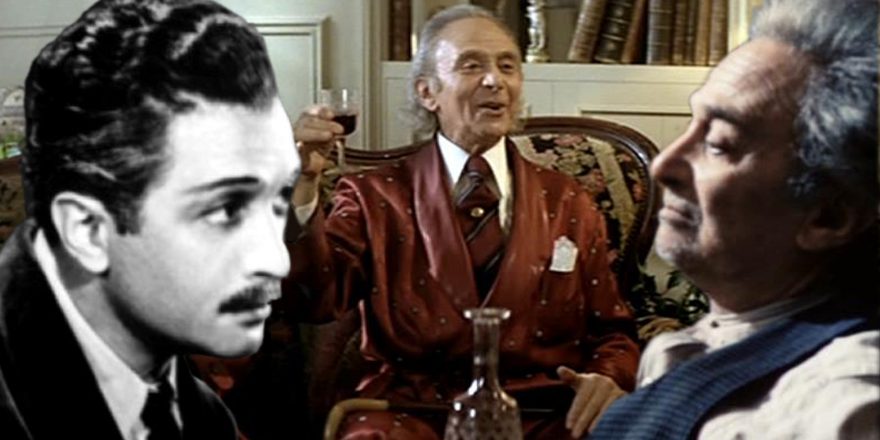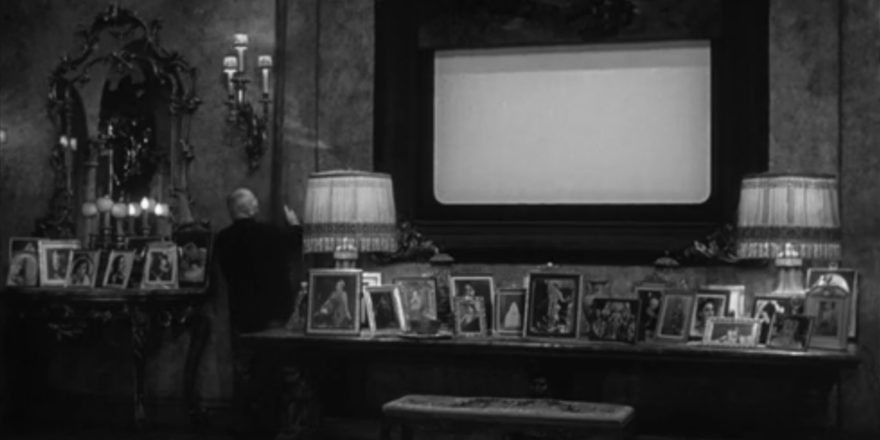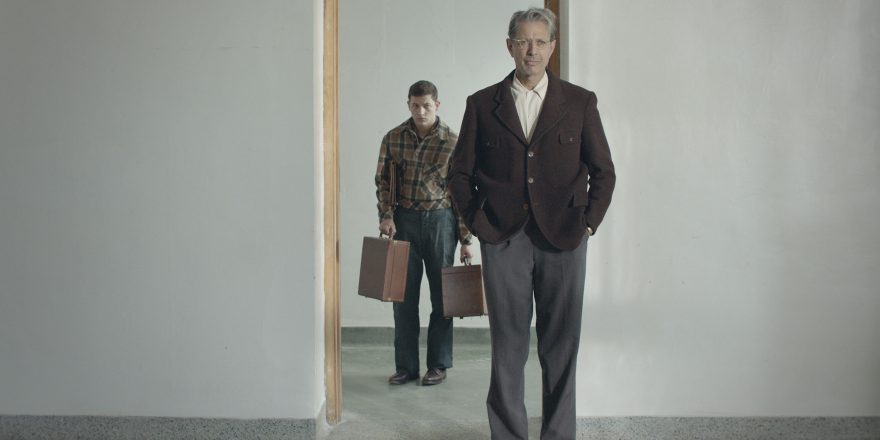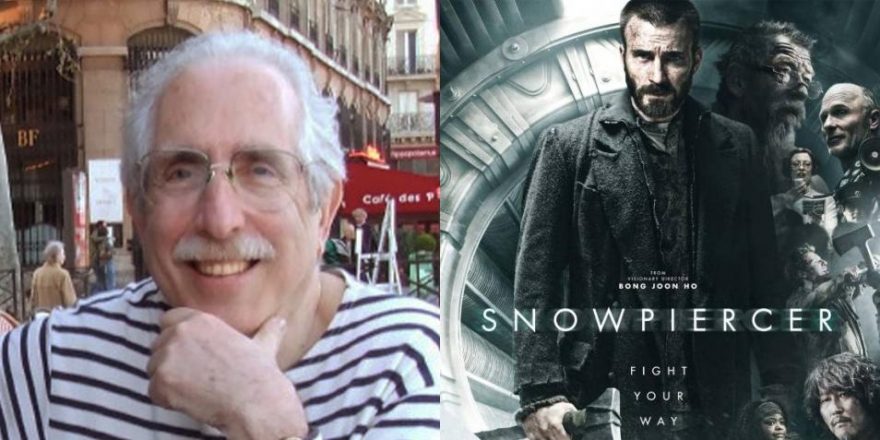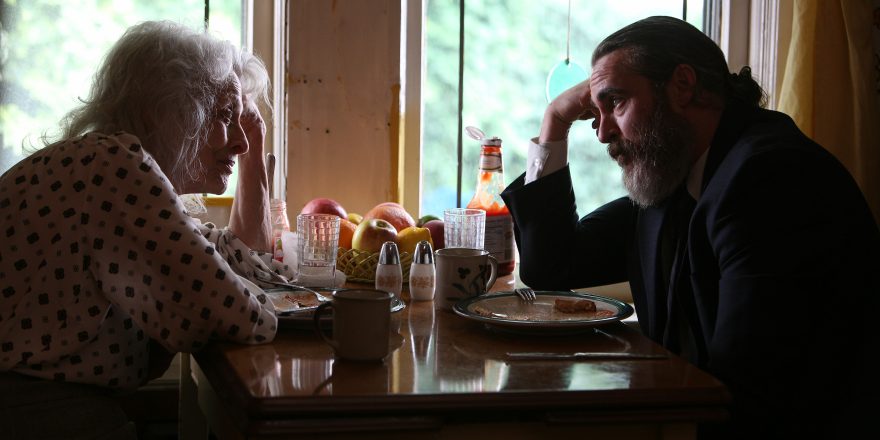Let’s roll back to 2014. I was making film-related photomontages on Photoshop and writing film-related essays and fictions which were consistently published in France, where I live. And I was quite happy doing that and I thought, Once I’m no longer doing that, I can take long walks, sit for hours at a time at cafés, read a lot, and watch and re-watch movies that I love. (I have a large collection of DVDs and Blu-rays.) Then, out of the blue, I got an offer to make a video essay. A video essay?? What the hell is that? Of course, I said yes, not knowing what it was. Nor did I know what I was getting into. Luckily for me, a friend of mine had a roommate who had worked as an editor and had a Mac and an editing program at his house. How fortunate for me that he was willing to work with me. Anyway, I made my first video essay, The Vanity Tables of Douglas Sirk. He was the hands and I was the guy with the ideas. As we went through the piece, I told him what to do, what to do next, where to cut and where to lengthen a shot. In other words, I was the director but didn’t know how to physically edit on that program. I decided to get a Mac for myself, so that I could do that. Thank you, Amazon.
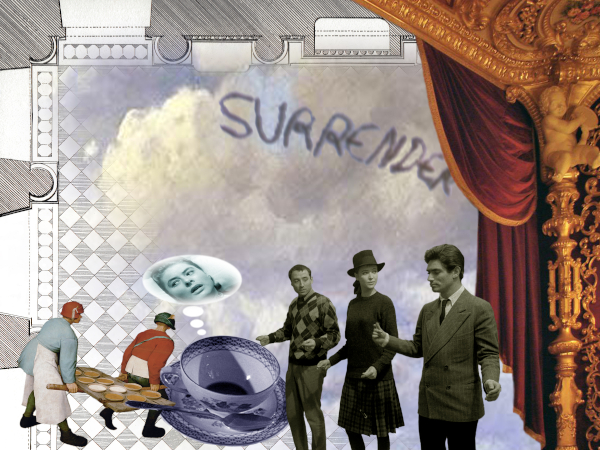
When the Mac arrived, I took to my couch and, like those Victorian ladies who had the vapors, I laid there for three weeks, before opening the box. I hate to confess this publicly, although I don’t hesitate to say it in private, but I am, well, a technodork. I hate new technologies, I’m always the last person to buy the newest whatever. I don’t belong in the 21st century, but here I am anyway. I had so much fun doing the video, I decided to do another one — about Anita Ekberg. My assistant was in Cyprus shooting a film, so I had to do it myself. With the little I had learned from him, I cut the 18-minute piece, but had to wait till he got back to do all the technical stuff to complete it.
I loved doing it! I thought, This is what I want to do when I grow up, although technically, I had grown up a long, long time ago. I made a list of possible subjects and ideas. It was as long as my arm. So, I started doing them. Everyone I spoke to had told me that Final Cut Pro 10, the program that I was using, was the Devil’s Tool. They had all started on Final Cut Pro 7 and hated 10. Well, since I knew nothing about 7, I was very happy using 10. And I started making videos. And haven’t stopped, although I had to stop my other activities because I couldn’t spare the time away from video-making. To make a short story even shorter than it is, in the past seven years, I made 21 videos ranging from 10 minutes to an hour. In fact, in the interests of full disclosure, I was commissioned by Talkhouse to make a video — The Empty Screen, or the Metaphysics of Movies.
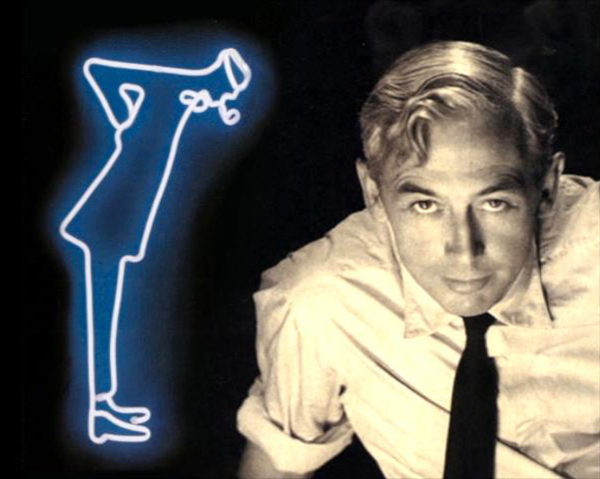
One of the interesting aspects of this kind of work, at least for me, is writing while you’re talking. You talk into the mic and it leads you to the next shot. And the next shot gives you the idea for the next voiceover. I find this a very liberating and exhilarating way of writing. And I very rarely write anything in advance, although I rewrite all the time. It’s all very fluid and spontaneous. It’s all improv.
What drives me to do this? I couldn’t tell you. A friend of mine suggested that my field of interest(s) had certain recurring themes to it — Nazis and Homos and Jews (Oh, my!). I disagreed, of course, especially since a great percentage of the videos are about other things. And even when they’re about Nazi and Homos and Jews (Oh, my!), they’re still about other things. Even though I had made fiction films before, I never really felt that I was a storyteller as some filmmakers are and certainly long-form TV writers are. I felt I was more of a commentator rather than a master of narrative. And in this arena, I could comment as much as I liked.
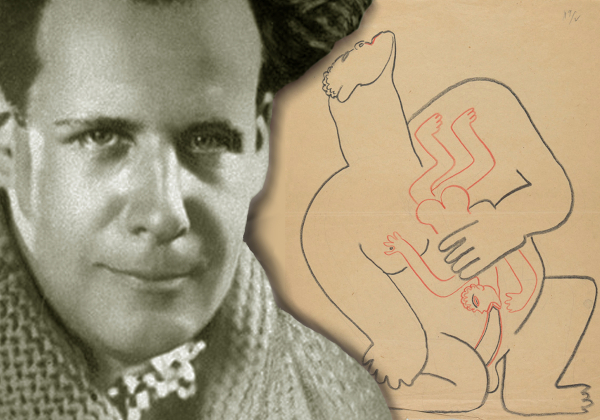
I think my video essays have a certain melancholy to them, (I was going to say a Mozartian melancholy, but I thought that was a little too hoity-toity), a yearning for the past that has more than a touch of sadness to it. The Portuguese have a word for it — “saudade,” although “saudade” has much broader meaning to it. Of course, this is my feeling about movies made during what is called the Golden Age of Hollywood — they will never come this way again. Oh, there’ll be movies alright, but certainly not the same kind of movies that grabbed you (or do I mean me?) when you were a kid or a teenager and then a young adult.
And there’s something else too — I’m interested in movies and actors and sometimes directors who fell through the cracks, who are not part of the official story, which is very limited and unforgiving of movies that haven’t, for whatever reason, been very successful. And once you’re not part of that history, no matter how hard you or other people try, it’s almost impossible to get in. To the victors belong all the spoils! The rest of you can fend for yourselves. And cry your eyes out!
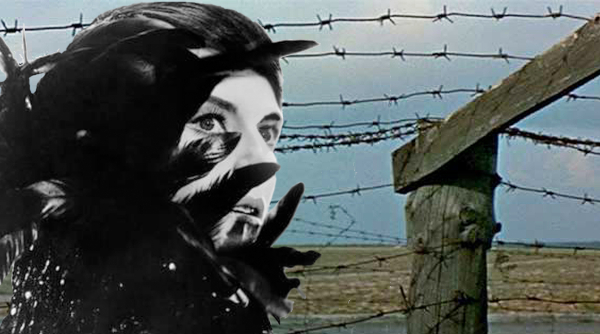
In any case, the history of films is a large archeological dig. People and films are forgotten or given short shrift. Lives and performances have been shamefully ignored. Information has not always been put together in interesting ways, if at all. Critics, reviewers and historians rarely do that. They think it’s not part of their job. Meaning and signals have been ignored or not understood or misinterpreted. The dots have not been connected. Maybe you need an army to do it. Well, I’d like to be a volunteer in that army. You have to sift through a lot of sand and dirt, and many layers of it, to unearth the treasure it’s hiding. One of the pleasures of doing what I’m doing is just that. At least, I hope so.
Featured image is from Mark Rappaport’s 2015 video essay I, Dalio.



